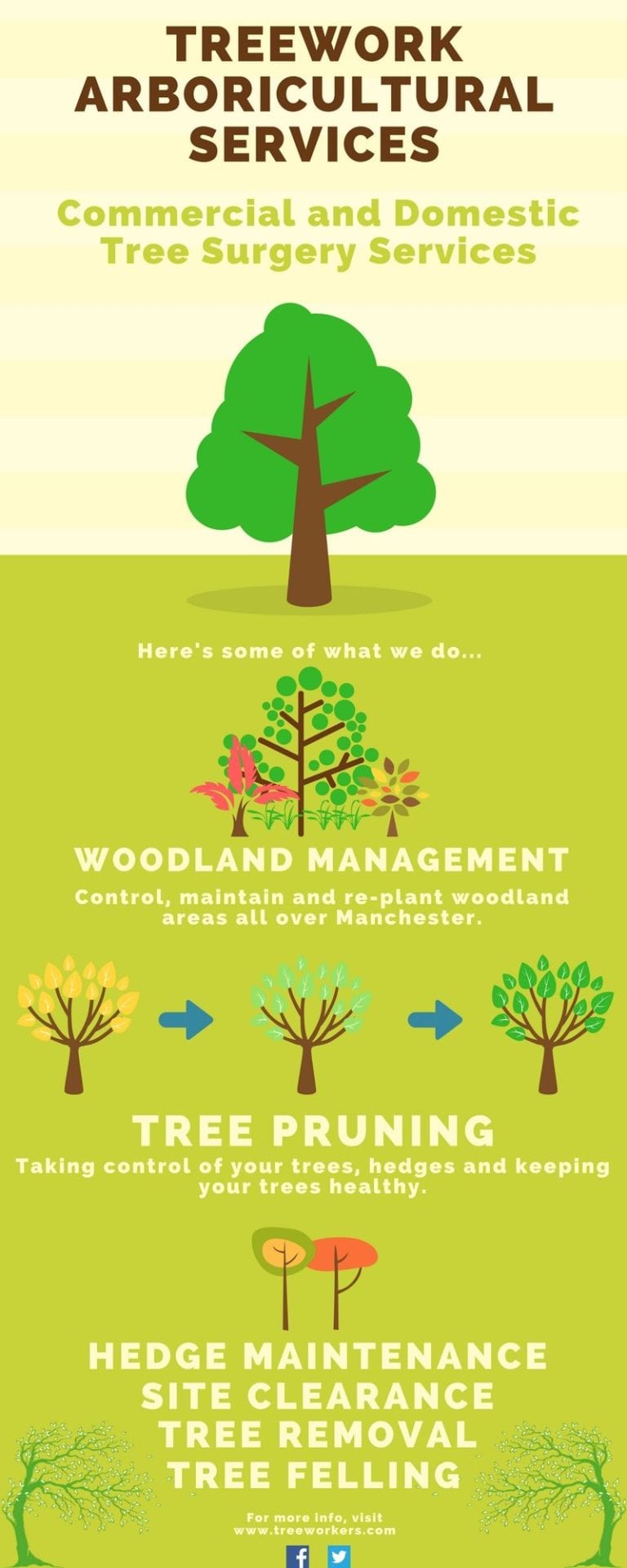Seasonal Tree Administration: Strategies For Taking Care Of Trees Before And After Their Removal
Seasonal Tree Administration: Strategies For Taking Care Of Trees Before And After Their Removal
Blog Article
Web Content By-
When it involves seasonal tree treatment, guaranteeing correct monitoring prior to and after removal can considerably affect the wellness and aesthetics of your landscape. By recognizing the essential steps associated with assessing tree health and wellness and getting ready for elimination, you can proactively protect your property. Yet what about the crucial methods to follow when the tree is gone? Keep tuned to uncover the important post-removal treatment procedures that will certainly aid you grow a thriving and sustainable atmosphere for your trees.
Pre-Removal Tree Care
Prior to addressing the elimination of a tree, it's important to focus on pre-removal tree care. Beginning by assessing the tree's wellness and architectural stability. Seek indications of illness, insect infestations, or any type of structural concerns that may pose a security risk during elimination. It's important to talk to a qualified arborist to establish the best course of action.
Pruning dead or unhealthy branches can protect against further damages to the tree and make certain a smoother elimination process.
Additionally, consider the ecological impact of eliminating the tree. Trees play an important duty in our ecosystem, so growing a brand-new tree in a suitable area can help balance out any type of loss. Ensure that you have the needed licenses and permissions for tree elimination, particularly if the tree is shielded by regional guidelines.
Seasonal Maintenance Tips
Examining your tree's needs throughout the year is critical for its health and long life. To keep your trees in top problem, adhere to these seasonal upkeep pointers.
In spring, focus on pruning to get rid of dead or broken branches and motivate new growth.
Summer calls for normal watering, especially throughout dry spells, to ensure your tree stays hydrated.
As loss methods, watch out for early indications of condition or stress and anxiety, and consider using mulch to shield the origins throughout winter months.
In winter, beware when eliminating snow from branches to avoid breakage, and continue to monitor your tree's total wellness.
Bear in mind to change your care routine based on the details requirements of your tree varieties and local environment. By staying alert and positive throughout the seasons, you can help your trees thrive and flourish for many years to come.
Post-Removal Tree Treatment
To ensure the health and wellness of your landscape also after tree removal, correct post-removal treatment is important. After a tree is gotten rid of, it's crucial to fill the staying opening with topsoil and compact it to stop settling. This will certainly aid preserve the integrity of the ground and prevent potential dangers in the future.
Consider growing power property management in place of the removed tree to bring back the equilibrium and looks of your landscape. Routinely water the location to advertise the development of brand-new plants and protect against dirt disintegration.
Evaluate the bordering trees for any indicators of condition or anxiety that may have been triggered by the eliminated tree. Keep an eye out for insects that might've been brought in to the previous tree and take preventive measures to protect the staying plant life.
If needed, seek advice from a professional arborist to examine the effect of the elimination on the surrounding trees and figure out any kind of added treatment needed. By complying with these post-removal treatment steps, you can make certain the ongoing health and wellness and beauty of your landscape.
Final thought
Finally, positive seasonal tree treatment is essential for maintaining the wellness and equilibrium of your landscape. By analyzing tree health and wellness, trimming, and seeking advice from an arborist prior to elimination, you can make sure a safe process. After removal, loading the hole, planting new plant life, and regular watering will promote new growth and avoid erosion. Bear in mind to examine surrounding trees for condition and look for further care measures from an arborist to keep your landscape growing.
